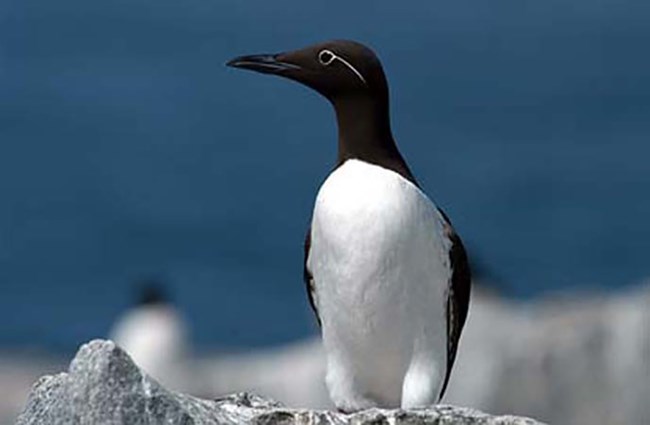
NPS
Kenai Fjords National Park has abundant seabirds and shorebirds, among them are Black Oystercatchers, Common Murres and Thick-billed Murres, Marbled Murrelet, and Horned Puffins and Tufted Puffins.
The intertidal mud flats of Lake Clark National Park and Preserve host over 100,000 Sandpipers and Dunlins each spring. Some of the rarest species in the world, such as Kittlitz’s Murrelets, nest on newly exposed earth in Wrangell-St. Elias and Glacier Bay national parks and preserves, while Steller’s Eiders and the Yellow-billed Loons nest on the Arctic tundra in Bering Land Bridge National Preserve and Cape Krusenstern National Monument.
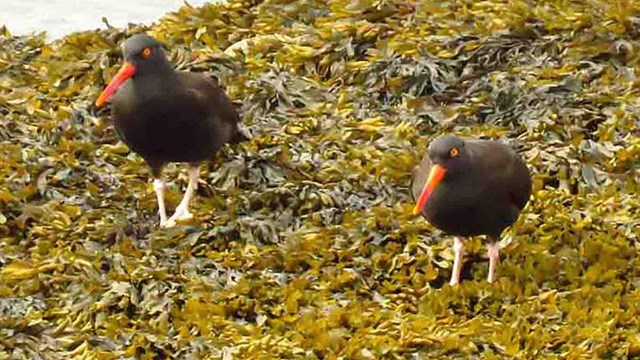
The Southwest Alaska Network monitors Black Oystercatchers to learn about nearshore ecosystem dynamics.
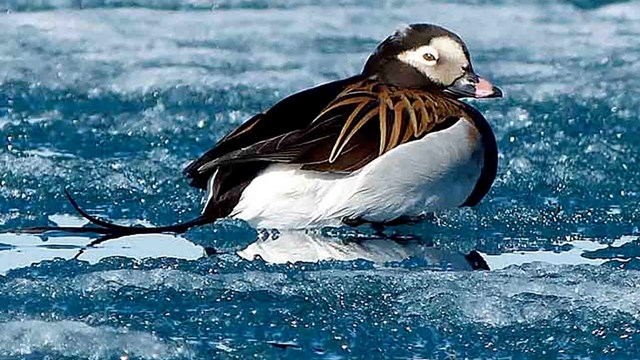
The Southwest Alaska Network monitors marine birds because they are good indicators of ecosystem change.
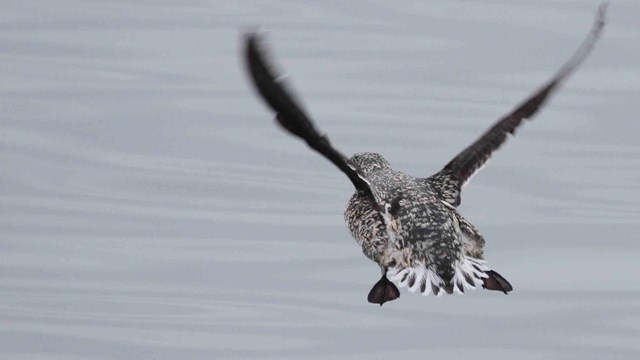
The Southeast Alaska Network monitors Kittlitz's Murrelets because they are associated with ecosystem change, such as glacial dynamics.
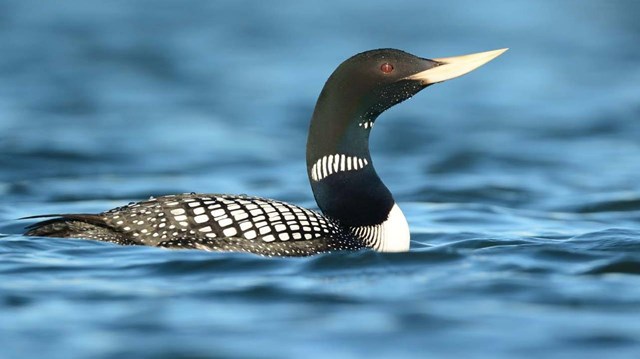
The Arctic Network monitors Yellow-billed Loons because it is a rare bird that breeds in Arctic tundra.
Learn more about seabirds and shorebirds
Last updated: February 3, 2021
